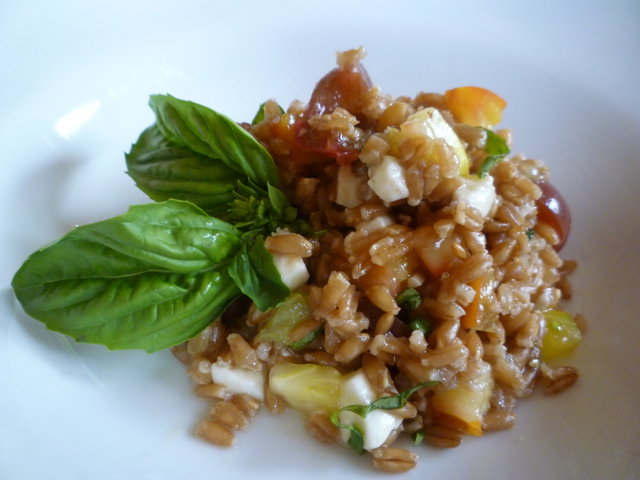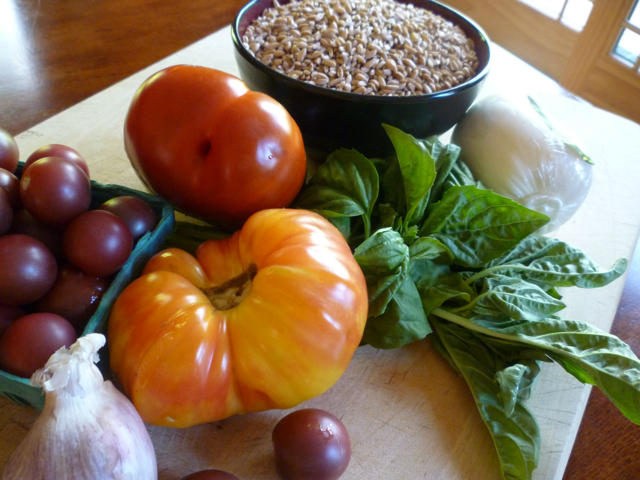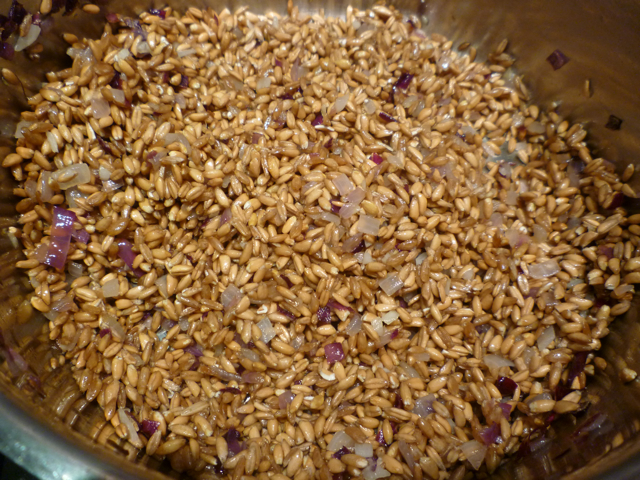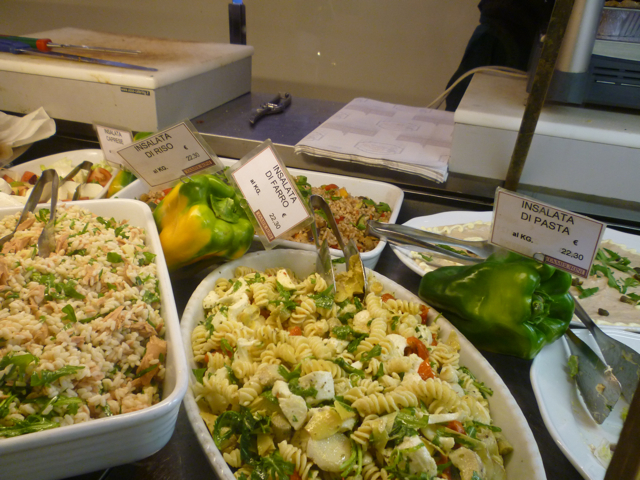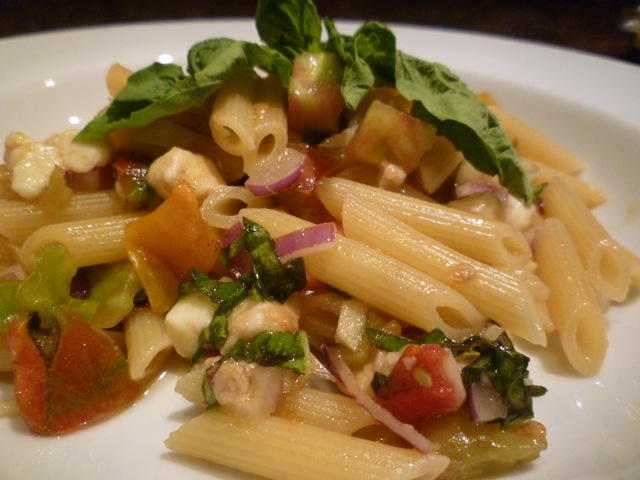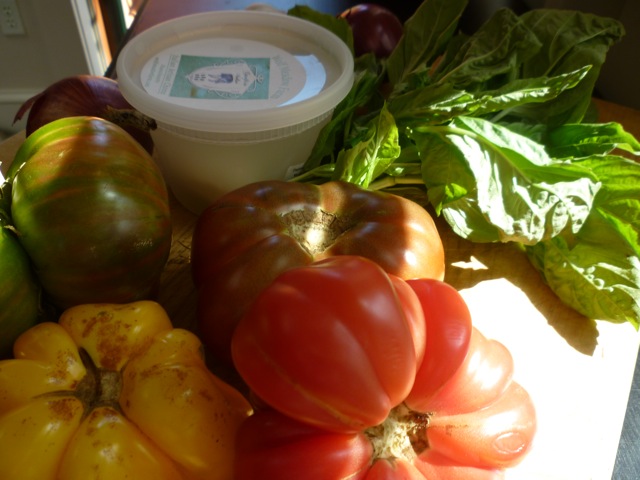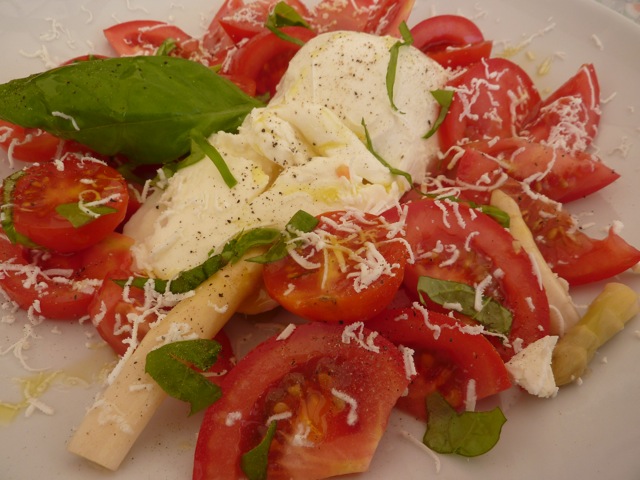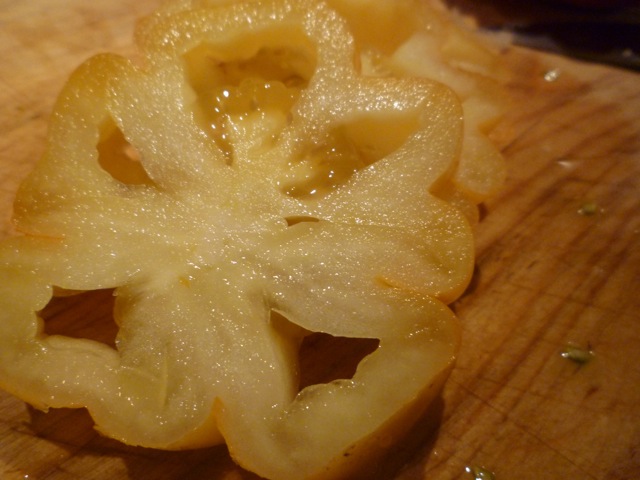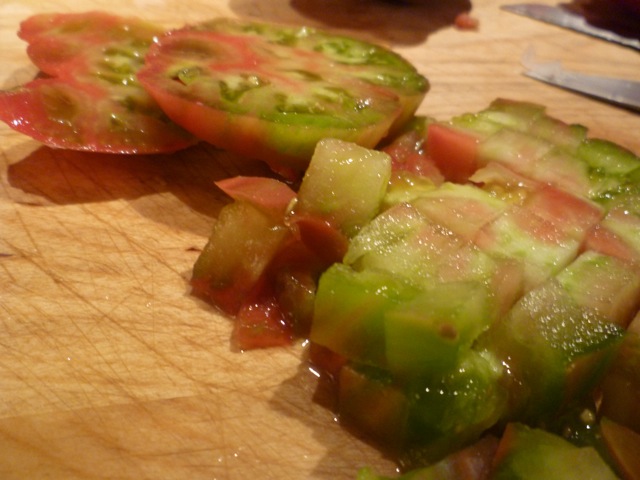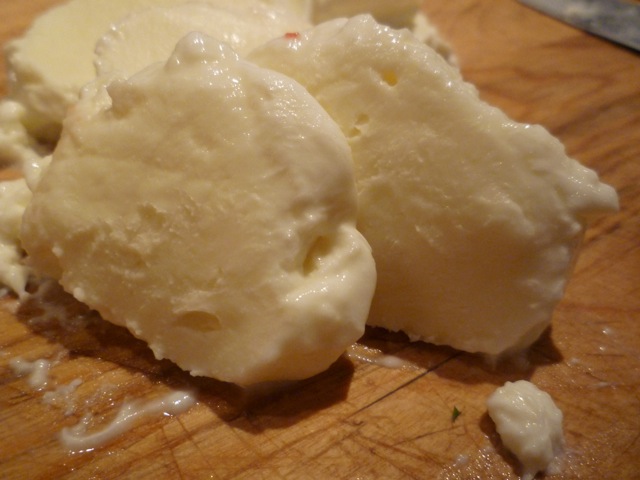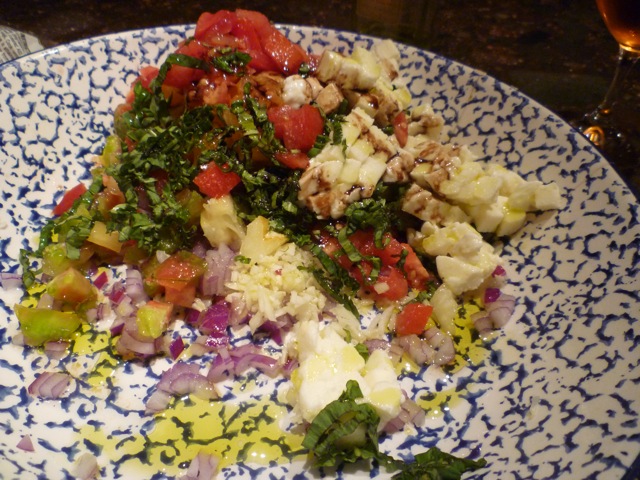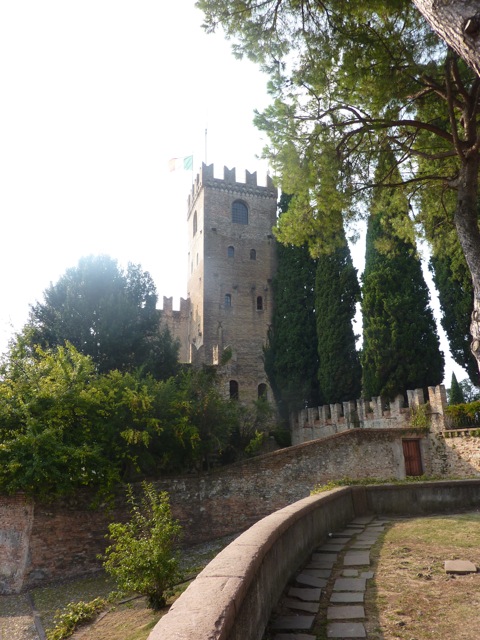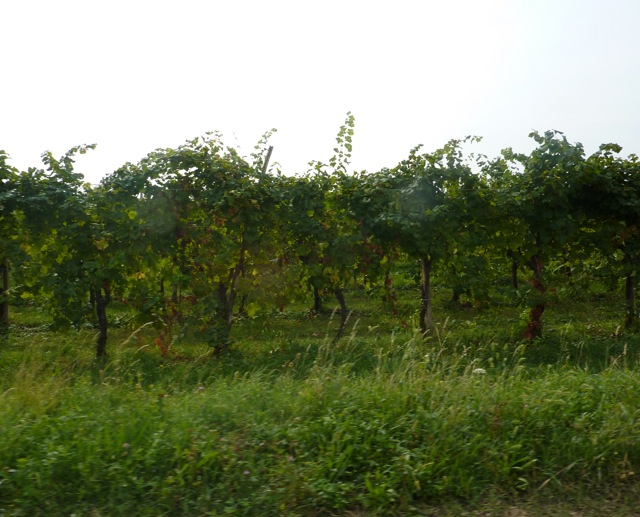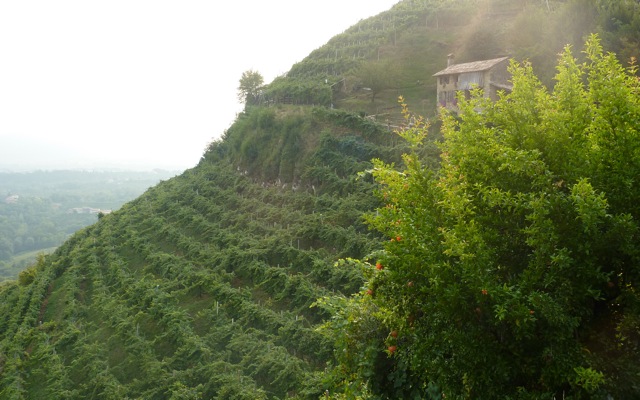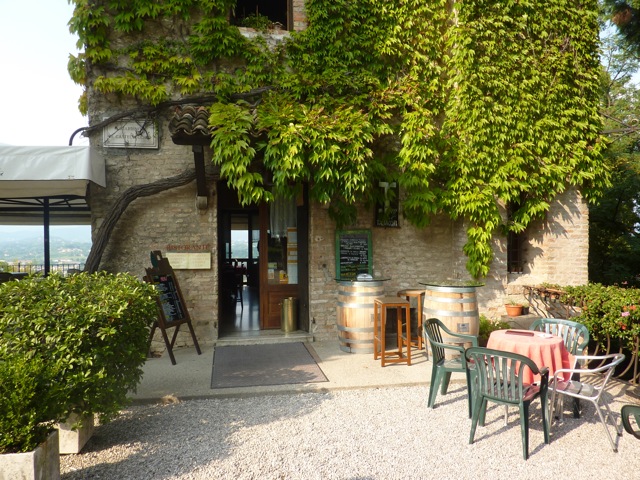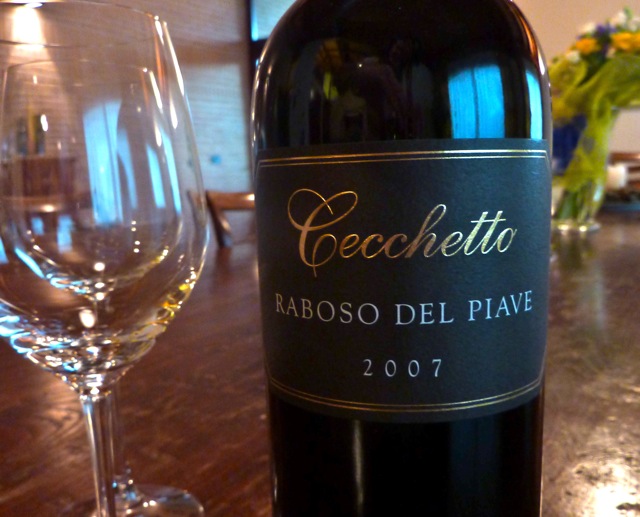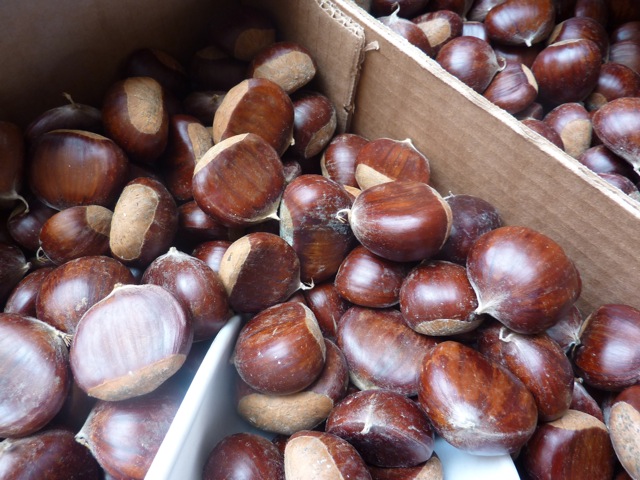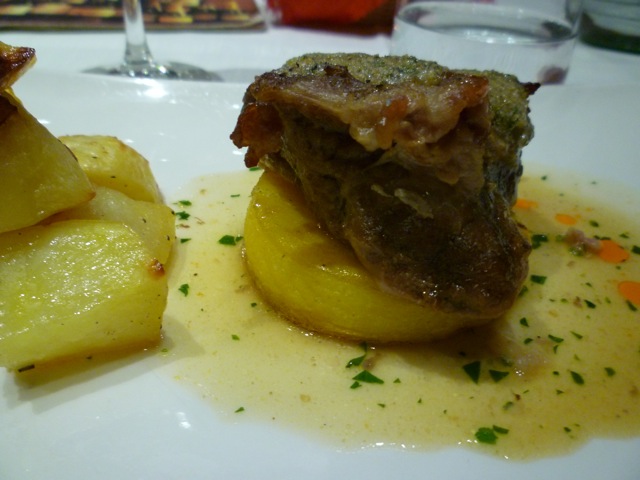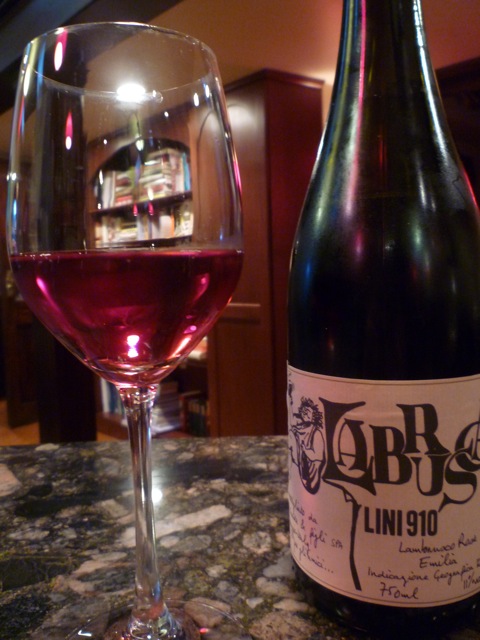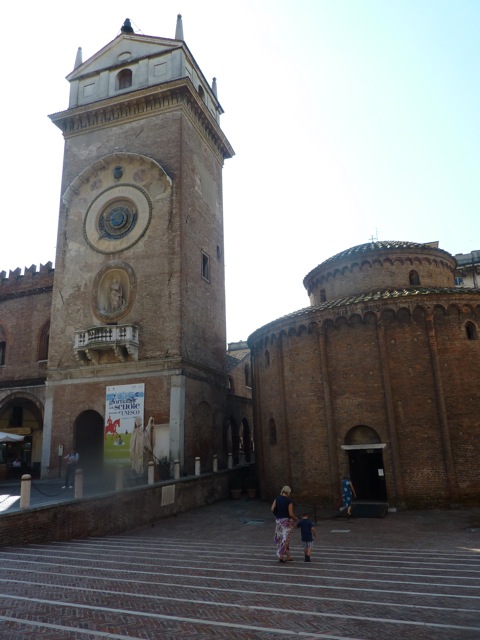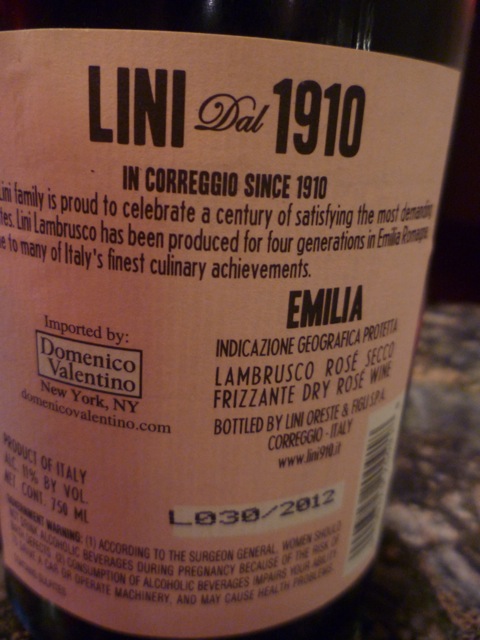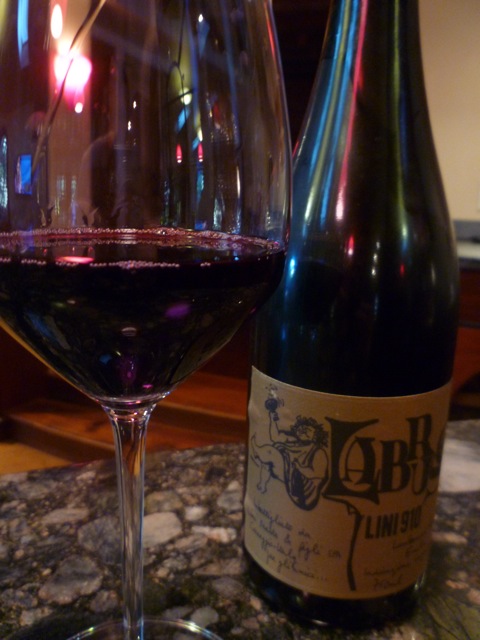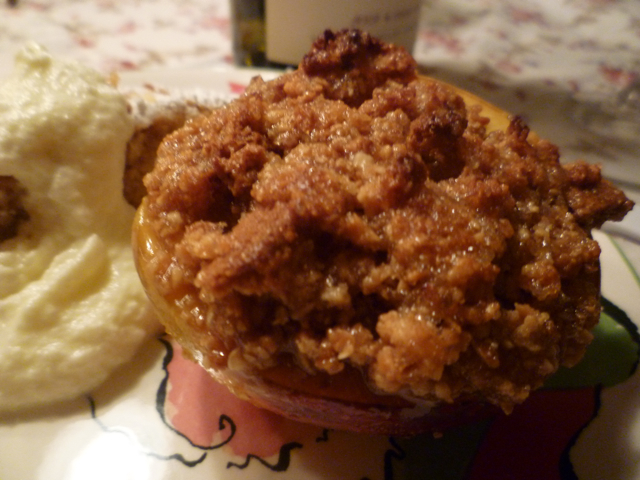
One of my favorite summer indulgences, both in the US and in Italy, is fresh peaches. It’s the only time of year I eat this fruit, as the off-season, imported versions found at supermarkets most of the year are pretty horrid. But when fresh are available, I use them constantly. And in Italy, we find fresh peaches throughout the northeastern regions we tour – nothing better as a cool refreshing snack than a fresh peach picked up at a market along our bike tour.
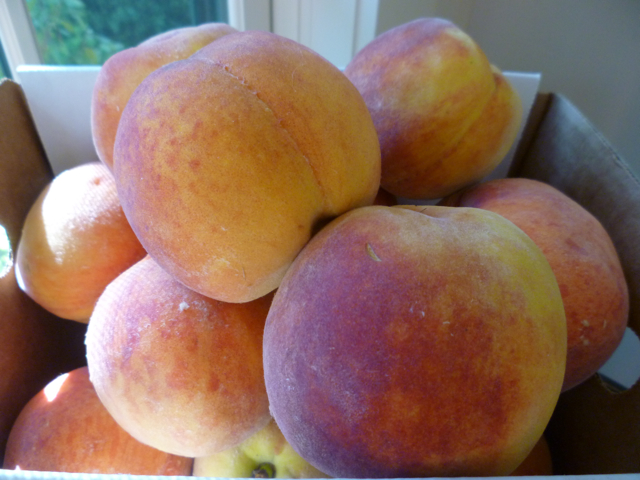
Peaches were one of the first fruit from the Veneto awarded IGP (Indicazione Geographica Tipica) status by the Italy Ministry of Agriculture. The “Pesca di Verona IGP” trademark provides regulations for peaches (and nectarines), certifying the varietal, sugar levels, taste balance, color and size. Their are 22 varieties covered by the regulations, selected for their shape, flavor, color and the level of sugar. The color of the fruit is quite intense, the flesh is solid and juicy, with a characteristic flavor due to the right balance between level of sugar and acid created by the optimal climate, a combination of the protection afforded by the hills to the north, and the mildness of Lago di Garda just to the west.
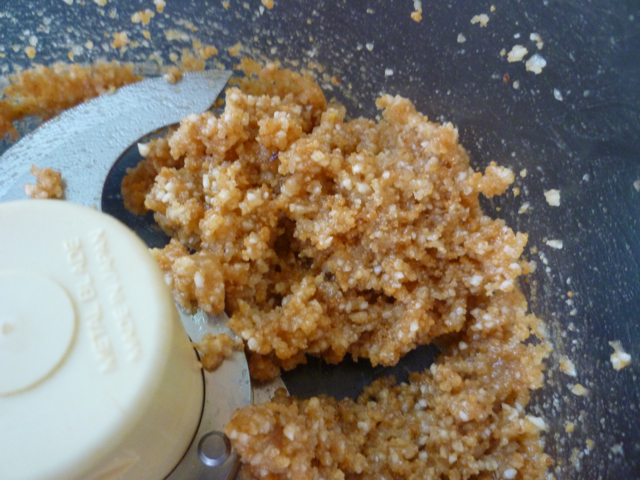
Emilia-Romagna also has its own IGP regulations for its peaches. In 2002, the Consortium for the Protection and Development of IGP Peaches and Nectarines of Romagna was founded in Ferrara, dedicated to preserving the quality of the locally grown peaches and nectarines, and promoting them throughout the EU. As in Verona, the farmers of the region are dedicated to preserving the quality and tradition of this local favorite.
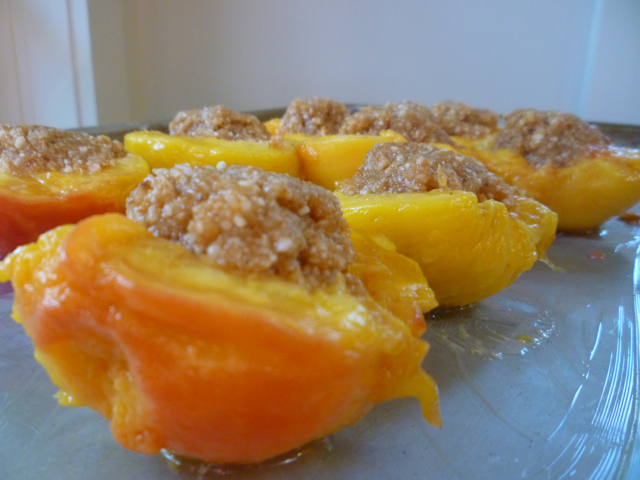
*Note: the photo above shows peaches that have been peeled, which the original recipe called for. I eliminated this step, as it makes it much simpler, and I prefer the final presentation when the skin is left intact.
Peaches have been cultivated in Verona since the Roman era, and since 1500 in the Lago di Garda area. The fruit itself came originally from China, where it is considered a symbol of immortality. It then reached Persia, a country that lent the fruit its scientific name Prunus persica, and from there it spread in the entire Mediterranean Basin, via the conquests of Alexander the Great. You will find peach desserts all over Italy, from Tuscany to Piedmont, to this one here from Verona.
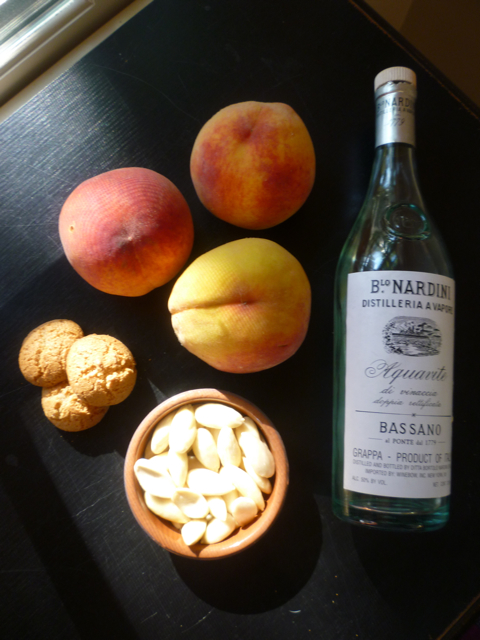
Fruit desserts are my favorite, and the easier the better. This one I found in La Cucina – The Regional Cooking of Italy. It is one of several similar recipes in this book, all some variation of stuffing peaches with crushed amaretti cookies. One from Liguria, one from Emilia-Romagna, and this one from Verona, called Pesche Scaligere.
The Scaligere family ruled Verona for over 150 years, expanding their territory to include Padua, Treviso, and Vicenza. Their reign was characterized with many battles with neighboring rulers, and lots of plotting and intrigue in and amongst themselves, but some of the magnificent building constructed during their rule still adorn Verona today, including their tombs at the Church of Santa Maria Antica in Verona. I guess when the Scaliger family enjoyed peaches, this is how they did it. I included this in a cooking class recently, and it was a hit with all.
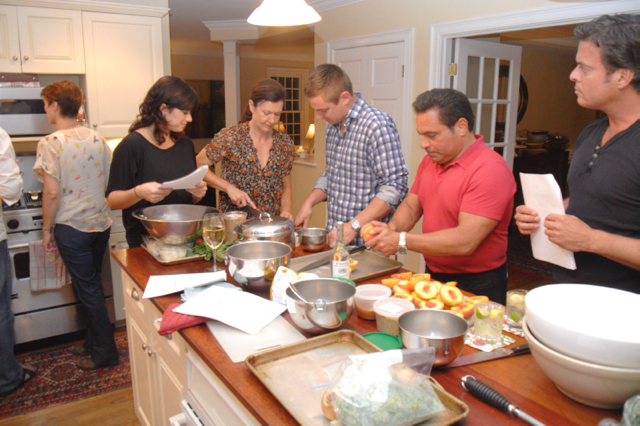
Pesche Scaligere
Serves 8
8 firm yellow peaches
3 tablespoons unsalted butter
3/4 cup blanched almonds, toasted and finely chopped
10 amaretti, crumbled and ground
1 tablespoon grappa
1/2 cup sugar
1/3 cup honey
Preheat the oven to 350°.
Cut the peaches in half, and remove the pits.
Place the butter on a baking dish, and put the peaches in the dish, cut side up.
Combine the chopped almonds, amaretti, grappa, sugar and honey in a small bowl. Or you can combine them in a food processor.
Fill the peach halves with this mixture. Place the peaches in the oven, and cook until warm and starting to brown, about 5-6 minutes.
Serve at room temperature, with whipped cream.
